Entomophagy. What a fine word to say. But what the hell does it mean? Entomophagy is “the practice of eating insects, especially by people”. However, despite this practice being adopted by more than 2 billion people around the world, many leading researchers are questioning its relevance…
Entomophagy – all you need to know about the parctice of eating insects
Let’s begin by dissecting it. The term has the etymological root “entomon” and “phagein”, which originate from ancient Greek and which signify respectively “notched” (in relation to the segmented body of insects) and “eat”. This means eating insects. Kinda obvious though given the source you’re reading this on!
The word was first used in the French language way back in 1810, more than half a century before an appearance in the English language and a century before the Spanish language.
But why bother with the term entomophagy when the (cooler) word insectivore already exists? Well the difference is down to lifestyle choices: to be insectivorous is to feed mainly or even exclusively on insects whereas entomophagy means having edible insects in your diet.
So if this seems so clear, why are scientists so unclear?
A term to be replaced?
Firstly, the term entomophagia exists only in cultures where the practice of eating insects is still unusual. But for us, what with our edible insects snack pots, the cooked meals and the protein bars made with cricket flour, it isn’t unusual at all!
In addition, terms ending in “phagia” are generally reserved for special food practices of humans or animals, so Jimini’s can’t be bracketed in the “hyalophagia” or “trichophagia” terminology; we’ll let you go ahead and take a moment to Google those if you’re not totally sure what they mean.
Secondly, “eating insects” is a vague term because there are more than one million species of listed insects, 2037 of which are currently classified as edible insects. This number is constantly increasing year-on-year with all the new discoveries that are being made. But even among entomophagous peoples, not all edible insects are consumed. As with every type of food, there are preferences. For example, a study published in 2014 showed that for Thai people, a giant water bug is more appetising than a mealworm. We think they were simply not presented mealworms flavoured with Garlic and Herbs, Sesame and Cumin or Imperial Soya!
So what do we do?
The main fear is that the word entomophagy stigmatises the eating of insects, which shouldn’t occur because at the end of the day, crickets, grasshoppers and mealworms are delicious, bold, nutritious and environmentally-friendly, so be proud of it!
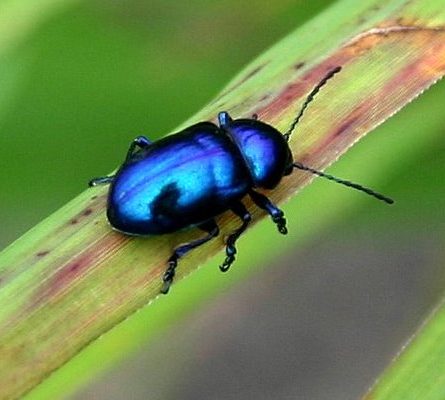
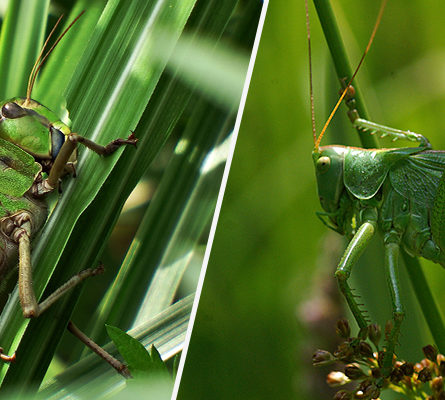
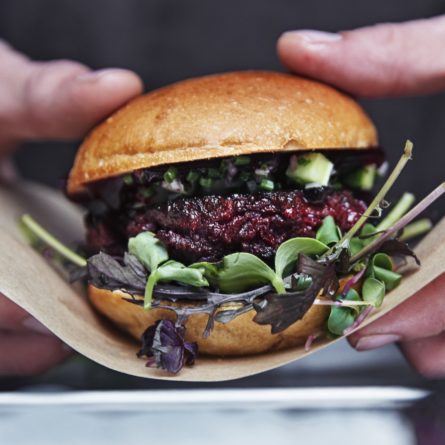
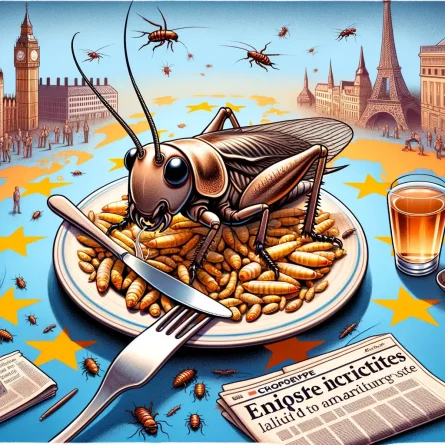
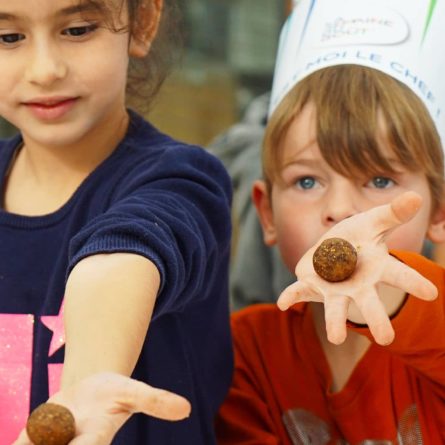

Be the first to post a comment